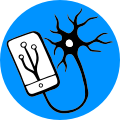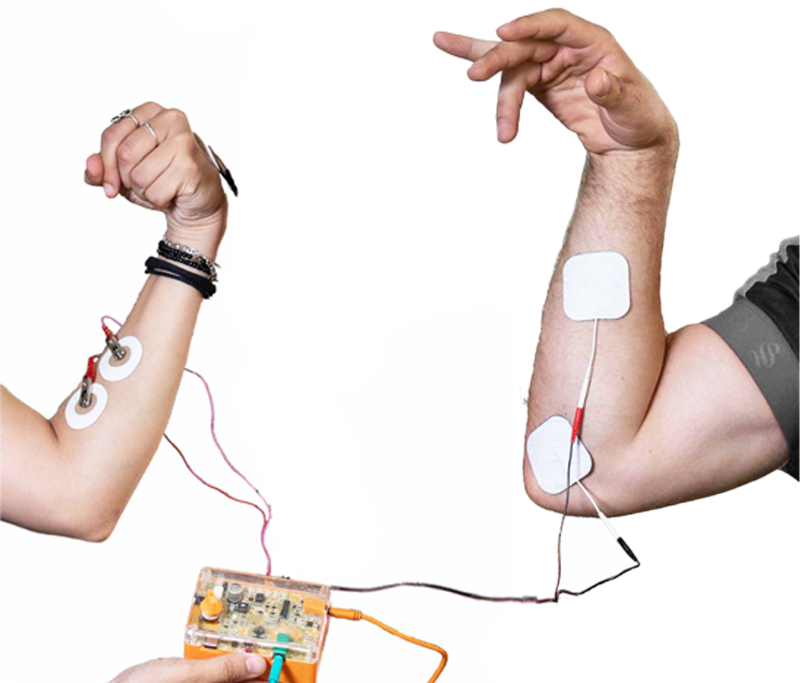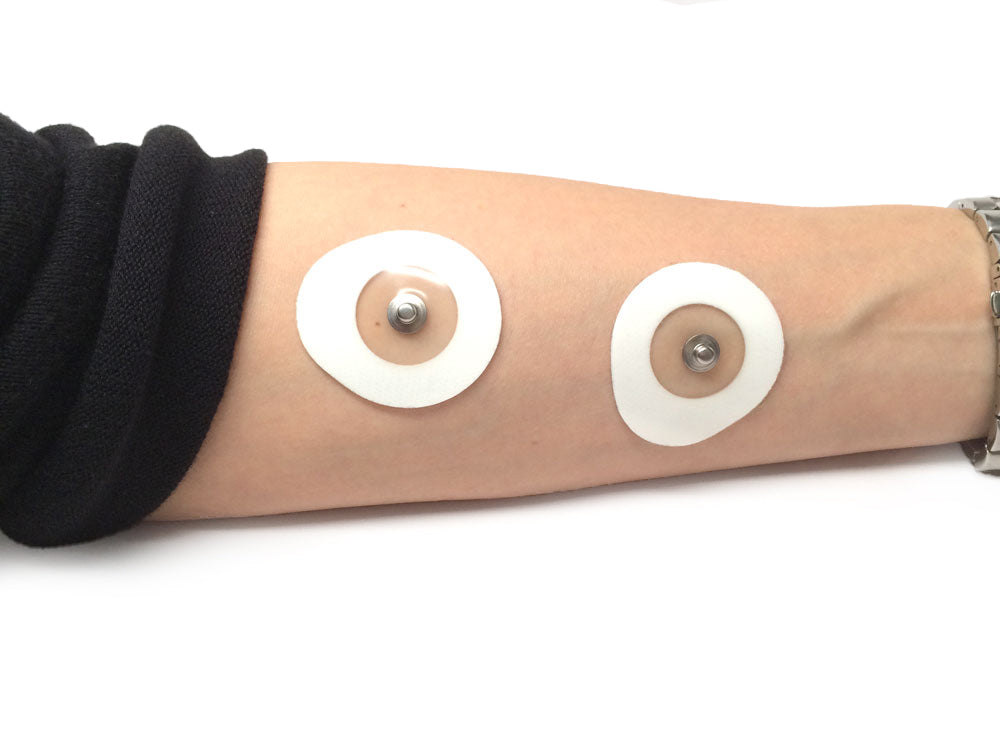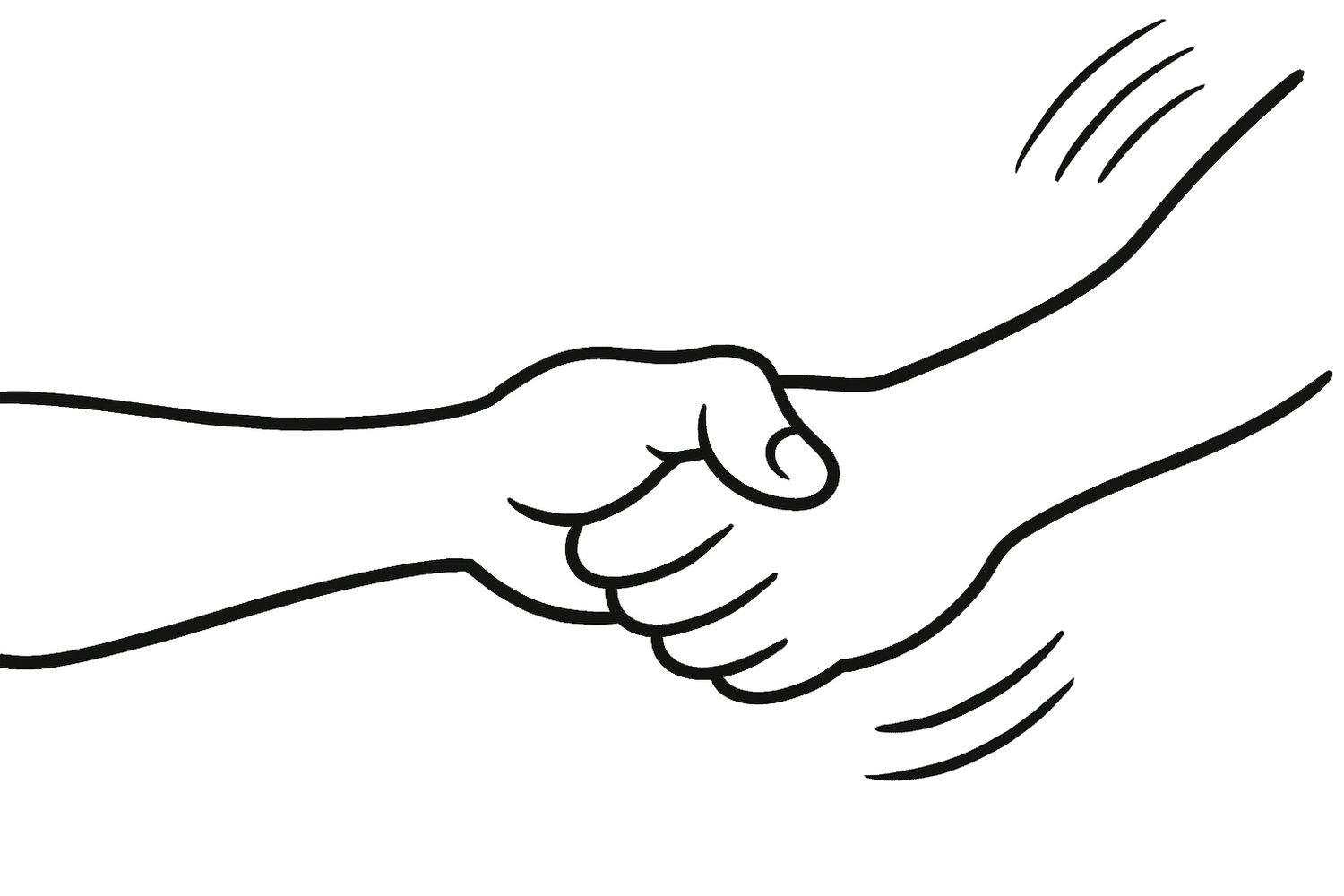
Intention without movement - Isometric contractions for Neuroprothethics

Ever wondered if muscle signals can drive movement even when physical motion isn’t possible? This experiment reveals how EMG activity remains robust—even when a limb is restrained—and still controls the Human‑Human Interface (HHI).
About experiment
What Will You Learn?
- Does EMG persists even without visible muscle movement.
- How the HHI converts EMG into action in another person.
- The difference between neural drive (intent) and mechanical movement.
Background
Muscles usually contract and move, producing both EMG and motion. But if you block movement, does the neural command (EMG) still fire? Using the Human‑Human Interface, you’ll find out how these hidden signals change, all while controlling another person—the Minion.
Procedure
Equipment Setup:
- Attach electrode patches to the Controller’s forearm and connect to the Human Human Interface.
- Connect the stimulation electrodes to the Minion.
- Verify an EMG signal from the Controller causes the minion to flex.
Baseline Recording:
- Record baseline EMG from the controller movements during normal contractions that cause minion to flex.
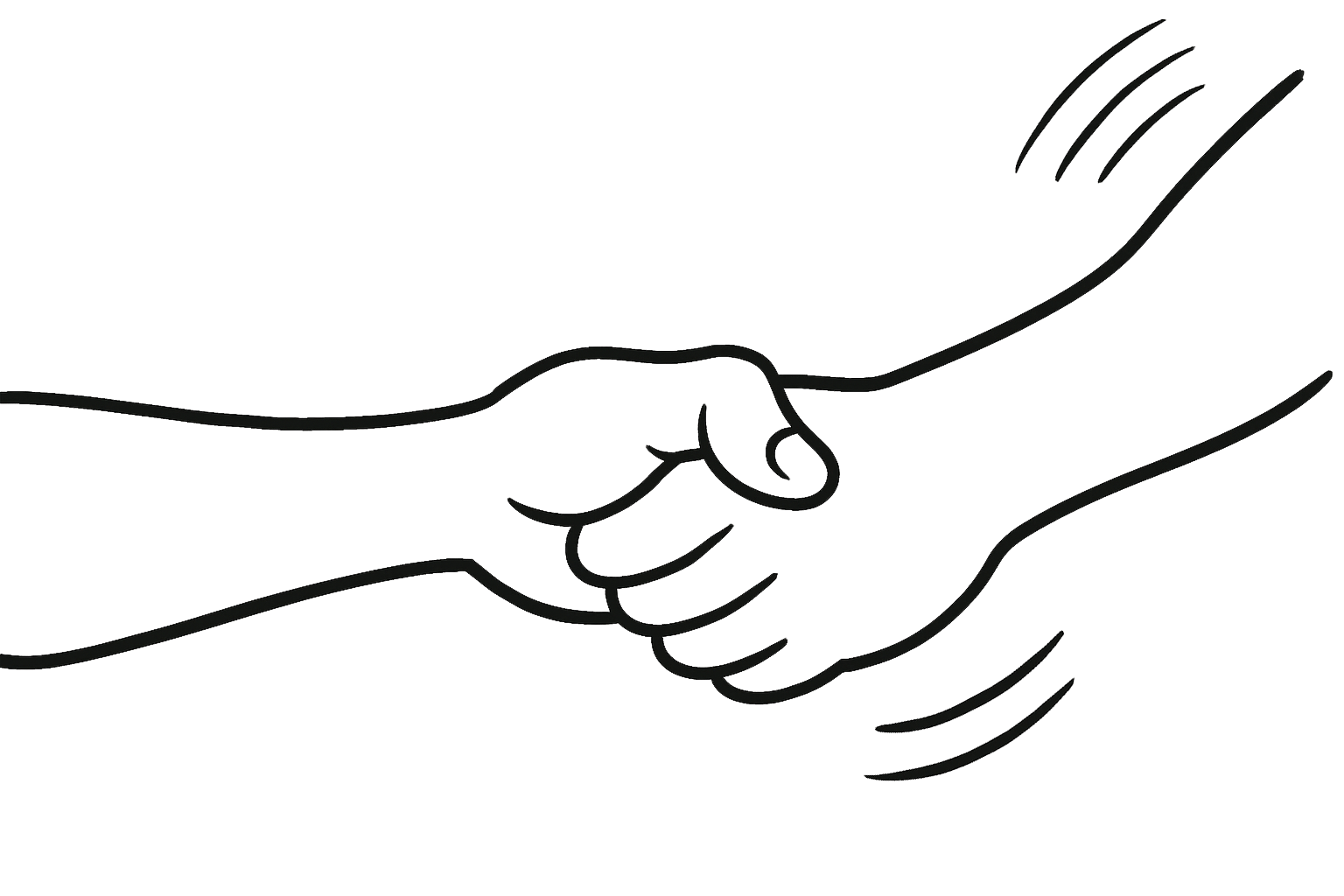
Introducing Restraint:
- Gently restrain the Controller’s hand so it cannot move.
- Record EMG again, only now the controller will attempt to move the arm, but is being prevent from doing so.
Data Collection:
- Compare EMG strength and Minion movement between free and restrained conditions.
Results & Analysis
Does an EMG bursts show up even if the arm is not moving? Did the Minion still respond? How did the two conditions compare in terms of EMG power? Can you channel the brain’s intent‑to‑move signal independently of actual movement to power neuroprosthetics? How does the information flow? Is it effected?
-
Related Products
